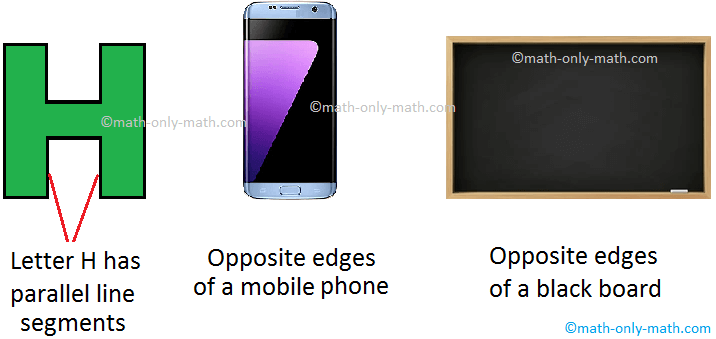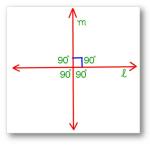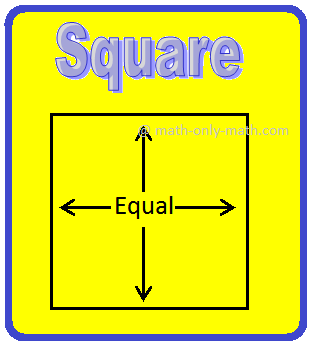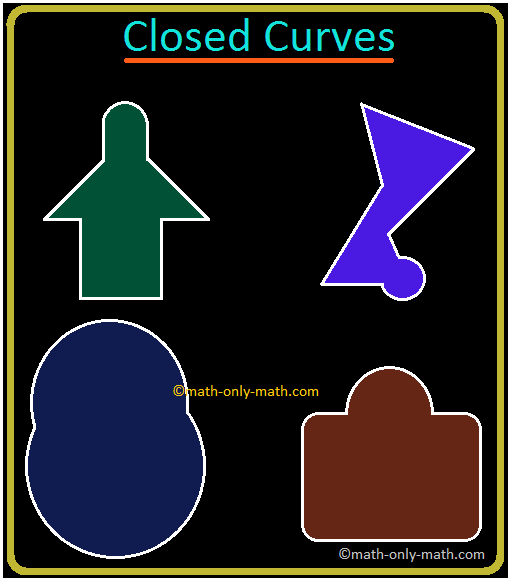Division as The Inverse of Multiplication
In division as the inverse of multiplication, let a and b be two whole numbers. Dividing a by b means finding a whole number which when multiplied by b gives a and we writea ÷ b = c.
Thus, a ÷ b = c or a = b × c
For example:
Divide 28 by 7 means finding a whole number which when multiplied by 7 gives 28. Clearly, such a number is 4. So, we write 28 ÷ 7 = 4.
Similarly, we have
12 ÷ 4 = 3, since 4 × 3 = 12
35 ÷ 5 = 7, since 5 × 7 = 35
2 ÷ 1 = 2, since 2 × 1 = 2
15 ÷ 15 = 1, since 15 × 1 = 15
42 ÷ 6 = 7, since 6 × 7 = 42
Division by Inverse of Multiplication:
|
Division Fact 24 ÷ 4 = 6 |
→ |
Multiplication fact = 6 × 4 = 24 or 4 × 6 = 24 |
|
Multiplication Fact 6 × 3 = 18 |
→ |
Division Fact = 18 ÷ 3 = 6 or 18 ÷ 6 = 3 |
Note:
If a and b are two whole numbers, then a ÷ b is also expressed as a/b.
Thus, a ÷ b = c or a = bc, which can also be written as
\(\frac{a}{b}\) = c or a = b × c.
Questions and Answers on Division as The Inverse of Multiplication:
I. Write division facts: One has been done for you.
|
(i) 6 × 8 = 48 ___________________ 48 ÷ 6 = 8 48 ÷ 8 = 6 |
(ii) 9 × 5 = 45 ___________________ ..... ÷ ..... = ..... ..... ÷ ..... = ..... |
|
(iii) 12 × 7 = 84 ___________________ ..... ÷ ..... = ..... ..... ÷ ..... = ..... |
(iv) 14 × 4 = 56 ___________________ ..... ÷ ..... = ..... ..... ÷ ..... = ..... |
|
(v) 16 × 2 = 32 ___________________ ..... ÷ ..... = ..... ..... ÷ ..... = ..... |
(vi) 6 × 9 = 54 ___________________ ..... ÷ ..... = ..... ..... ÷ ..... = ..... |
Answer:
I. (ii) 45 ÷ 9 = 5; 45 ÷ 5 = 9
(iii) 72 ÷ 12 = 6; 72 ÷ 6 = 12
(iv) 30 ÷ 15 = 2; 30 ÷ 2 = 15
(v) 84 ÷ 12 = 7; 84 ÷ 7 = 12
(vi) 56 ÷ 14 = 4; 56 ÷ 4 = 14
(vii) 32 ÷ 16 = 2; 32 ÷ 2 = 16
(viii) 45 ÷ 9 = 5; 45 ÷ 5 = 9
II. Write Multiplication Facts: One has been done for you.
|
(i) 27 ÷ 9 = 3 ___________________ 3 × 9 = 27 9 × 3 = 27 |
(ii) 45 ÷ 3 = 15 ___________________ ..... × ..... = ..... ..... × ..... = ..... |
|
(iii) 15 ÷ 3 = 5 ___________________ ..... × ..... = ..... ..... × ..... = ..... |
(iv) 12 ÷ 4 = 3 ___________________ ..... × ..... = ..... ..... × ..... = ..... |
|
(v) 16 ÷ 2 = 8 ___________________ ..... × ..... = ..... ..... × ..... = ..... |
(vi) 49 ÷ 7 = 7 ___________________ ..... × ..... = ..... ..... × ..... = ..... |
|
(vii) 54 ÷ 6 = 9 ___________________ ..... × ..... = ..... ..... × ..... = ..... |
(viii) 48 ÷ 8 = 6 ___________________ ..... × ..... = ..... ..... × ..... = ..... |
Answer:
II. (ii) 15 × 3 = 45; 3 × 15 = 45
(iii) 5 × 3 = 15; 3 × 5 = 15
(iv) 3 × 4 = 12; 4 × 3 = 15
(v) 8 × 2 = 16; 2 × 8 = 16
(vi) 7 × 7 = 49; 7 × 7 = 49
(vii) 9 × 6 = 54; 6 × 9 = 54
(viii) 6 × 8 = 48; 8 × 6 = 48
Representation of Whole Numbers on Number Line
Division as The Inverse of Multiplication
Numbers Page
6th Grade Page
From Division as The Inverse of Multiplication to HOME PAGE
Didn't find what you were looking for? Or want to know more information about Math Only Math. Use this Google Search to find what you need.
Recent Articles
-
What are Parallel Lines in Geometry? | Two Parallel Lines | Examples
Apr 19, 24 04:39 PM
In parallel lines when two lines do not intersect each other at any point even if they are extended to infinity. What are parallel lines in geometry? Two lines which do not intersect each other -
Perpendicular Lines | What are Perpendicular Lines in Geometry?|Symbol
Apr 19, 24 04:01 PM
In perpendicular lines when two intersecting lines a and b are said to be perpendicular to each other if one of the angles formed by them is a right angle. In other words, Set Square Set Square If two… -
Fundamental Geometrical Concepts | Point | Line | Properties of Lines
Apr 19, 24 01:50 PM
The fundamental geometrical concepts depend on three basic concepts — point, line and plane. The terms cannot be precisely defined. However, the meanings of these terms are explained through examples. -
What is a Polygon? | Simple Closed Curve | Triangle | Quadrilateral
Apr 19, 24 01:22 PM
What is a polygon? A simple closed curve made of three or more line-segments is called a polygon. A polygon has at least three line-segments. -
Simple Closed Curves | Types of Closed Curves | Collection of Curves
Apr 18, 24 01:36 AM
In simple closed curves the shapes are closed by line-segments or by a curved line. Triangle, quadrilateral, circle, etc., are examples of closed curves.





